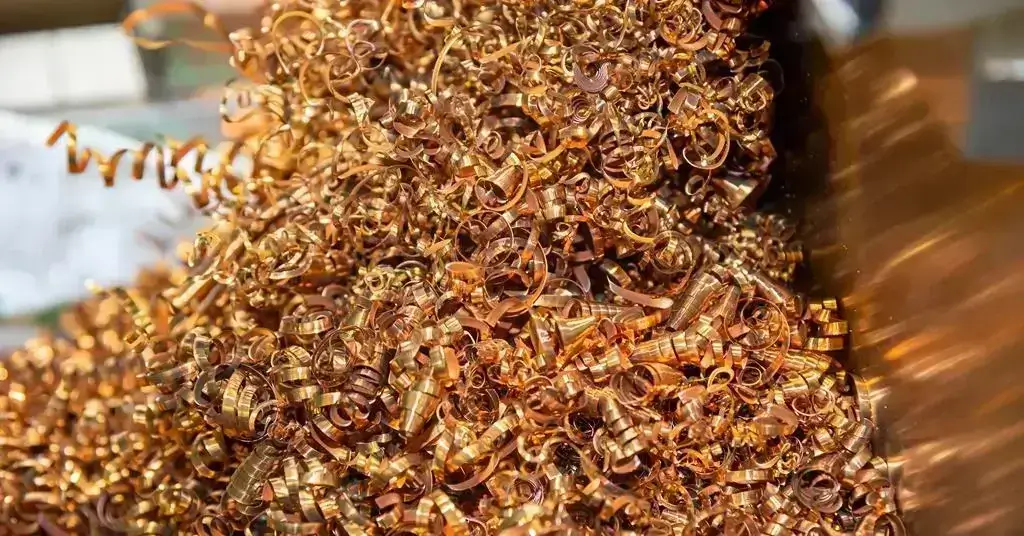Brass is an alloy composed primarily of copper (Cu) and zinc (Zn), with varying proportions of these two elements to achieve different grades and properties. The percentage of copper in brass typically ranges from around 60% to 90%, while the remaining portion consists of zinc. The exact composition of brass can vary depending on the specific type or grade of brass being used and the desired properties for a particular application.
The most common type of brass, known as “alpha brass,” contains approximately 70% to 90% copper and 10% to 30% zinc. Alpha brass is admired for its excellent corrosion resistance and malleability, making it suitable for a wide range of applications, including musical instruments, decorative items, plumbing fixtures, and electrical connectors. On the other hand, “beta brass” contains a higher proportion of zinc (typically around 45% to 50%), making it harder and less ductile but still corrosion-resistant. This type of brass is often used in more specialized applications, such as automotive components. Copper C18150 is a high-conductivity alloy used in electrical components.
The percentage of copper in brass varies depending on the specific type of brass and its intended use, but it generally falls within the range of 60% to 90%, with zinc being the primary alloying element. This diversity in composition allows brass to exhibit a wide range of mechanical, corrosion-resistant, and aesthetic properties to suit various industrial and artistic purposes.
Understanding the Composition of Brass
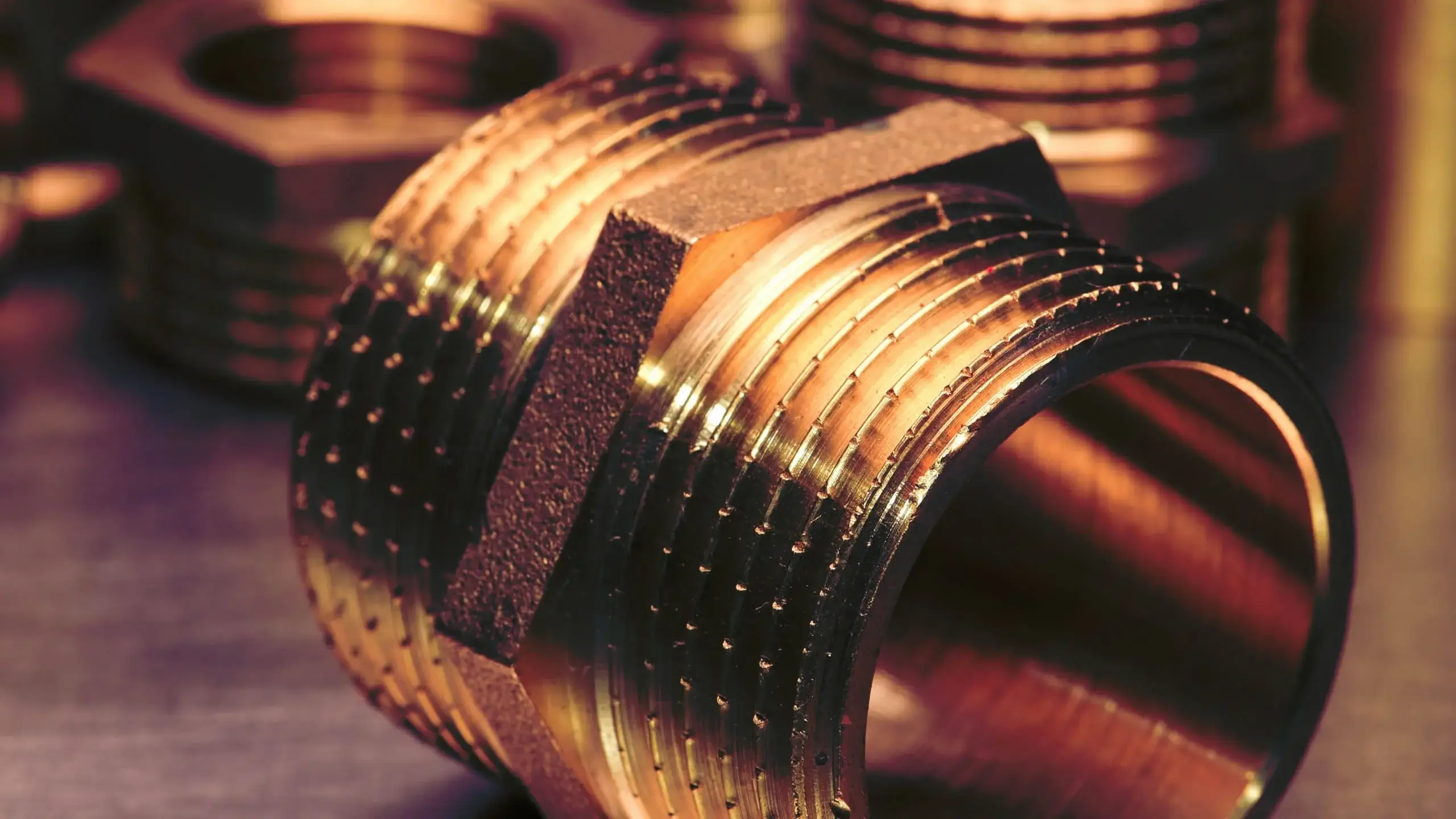
Understanding the Composition of Brass
Brass is an alloy that has been used by humans for thousands of years due to its remarkable combination of properties. To understand its composition, it’s essential to recognize that brass is primarily composed of two fundamental elements: copper (Cu) and zinc (Zn). These elements are mixed together in varying proportions to create a diverse range of brass alloys with distinct properties.
The amount of copper in brass typically ranges from 60% to 90%, while the remaining portion is zinc. This variability allows manufacturers to tailor the composition of brass alloys to meet specific requirements. Brass alloys with higher copper content (closer to 90%) are often referred to as “alpha brass” and are valued for their excellent corrosion resistance, malleability, and ease of fabrication. In contrast, those with lower copper content (around 60%) are known as “beta brass” and tend to be harder and less ductile, making them suitable for applications where increased strength is needed.
The beauty of brass lies in its versatility, offering a broad spectrum of compositions and corresponding properties. This adaptability makes it a favorite choice in various industries, from musical instrument manufacturing to plumbing, decorative arts, and even engineering, where its balance of strength, corrosion resistance, and aesthetic appeal find valuable application.
The Primary Component: Copper Content in Brass
The primary component of brass is copper (Cu), and its content in brass alloys serves as a crucial determinant of the alloy’s properties. Copper typically constitutes the majority of the alloy, making up anywhere from 60% to 90% of the composition. This wide range of copper content allows for the creation of diverse brass alloys, each with its own set of characteristics and applications.
When brass contains a higher percentage of copper, often referred to as “alpha brass,” it exhibits excellent corrosion resistance and malleability. This makes it suitable for various applications, including musical instruments, decorative art, plumbing fixtures, and electrical components. The higher copper content enhances the alloy’s ability to withstand environmental exposure and gives it a distinctive reddish or golden hue.
Conversely, brass alloys with a lower copper content, known as “beta brass,” tend to be harder and less ductile. These alloys, with approximately 60% copper or less, are used when greater strength or wear resistance is required, as is the case in certain engineering and manufacturing applications.
The copper content in brass is the primary component that defines its characteristics, and the proportion of copper in the alloy can be adjusted to meet specific requirements, whether they be focused on corrosion resistance, strength, or other desirable properties for a particular use case.
Alloying Element: The Role of Zinc
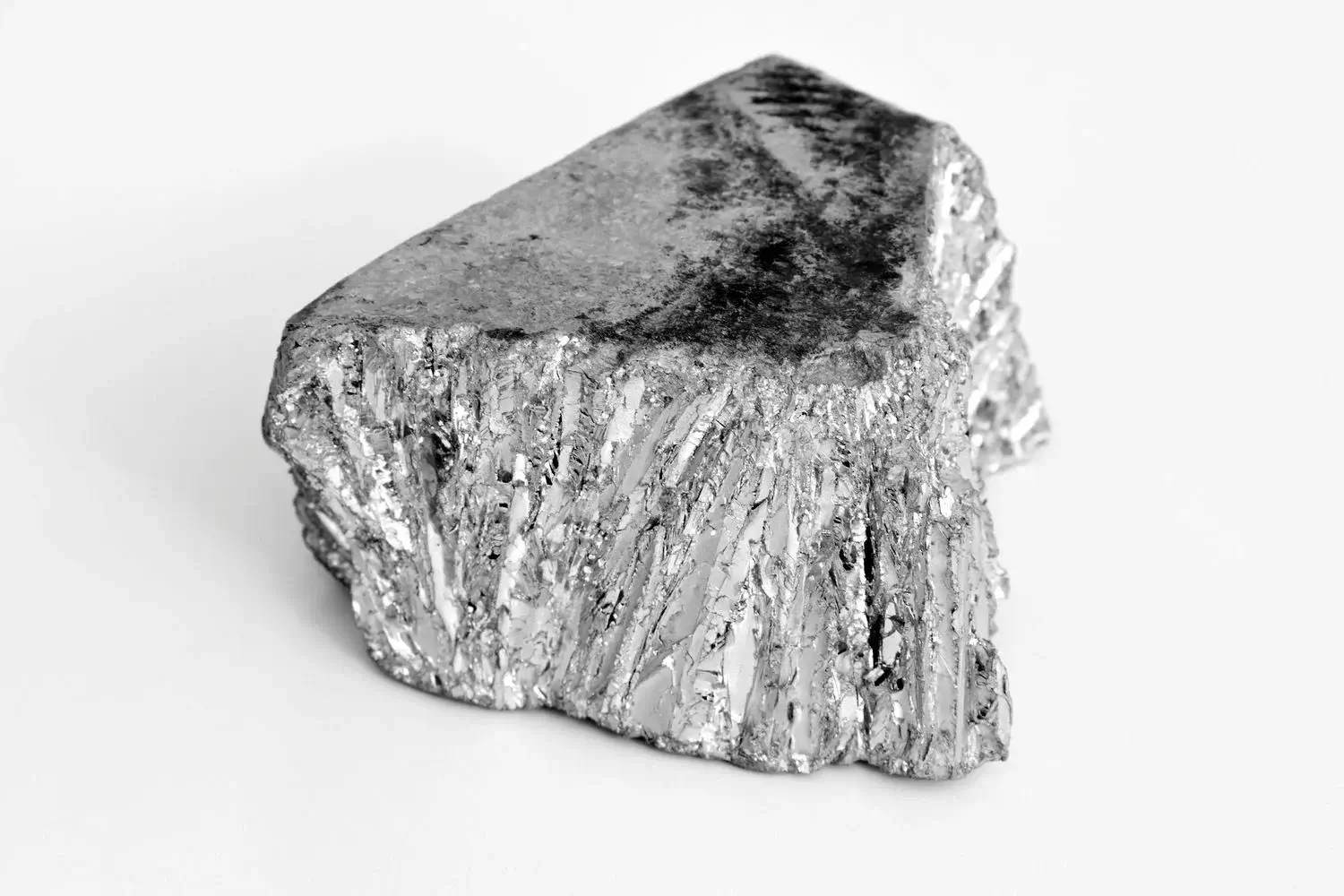
Alloying Element: The Role of Zinc
Zinc (Zn) is the alloying element in brass that plays a crucial role in defining the properties and characteristics of this versatile alloy. While copper is the primary component of brass, zinc typically makes up the remainder of the composition, ranging from 10% to 40% depending on the specific type of brass desired. The addition of zinc to copper creates a brass alloy with a unique set of attributes that make it highly valuable in a variety of applications.
One of the most significant effects of zinc in brass is its impact on the alloy’s mechanical properties. Zinc contributes to increased hardness, strength, and wear resistance, which makes brass suitable for applications where durability and toughness are essential. Brass with a higher zinc content is often referred to as “alpha brass” and is known for its excellent machinability and ability to be cold worked, making it ideal for applications such as screws, valves, and gears.
Zinc also influences the color of brass. Brass alloys with a higher zinc content tend to have a paler yellow color, while those with more copper exhibit a reddish or golden hue. This color variation makes brass highly desirable for decorative and artistic applications, such as jewelry, sculptures, and musical instruments, where its aesthetic appeal is a significant asset.
Zinc is the alloying element that complements copper in the formation of brass, and its presence not only affects the alloy’s mechanical properties but also contributes to its distinctive coloration. The ability to adjust the zinc content in brass allows manufacturers to create a wide range of alloys with tailored properties to suit specific industrial, artistic, and engineering needs.
Variations in Copper Percentage
Variations in the percentage of copper in brass alloys are instrumental in tailoring the material to meet specific requirements across a multitude of applications. The flexibility to adjust the copper content allows for the creation of brass alloys with a wide range of properties.
In brass alloys where copper comprises a higher percentage, often known as “alpha brass,” typically ranging from 70% to 90%, the alloy exhibits excellent malleability, corrosion resistance, and thermal conductivity. This makes it a preferred choice for applications such as musical instruments, decorative art, plumbing components, and electrical connectors. The reddish or golden appearance of these copper-rich brasses also adds an aesthetically pleasing aspect to their utility.
On the other hand, alloys with a lower percentage of copper, often referred to as “beta brass,” tend to contain around 45% to 60% copper, with the remainder being zinc and other elements. These alloys are harder and less ductile, offering increased strength and wear resistance. Beta brasses are typically used in applications where durability and robustness are essential, such as automotive parts, industrial machinery components, and ammunition casings.
In essence, variations in the copper percentage within brass alloys empower manufacturers to fine-tune the material’s properties to meet the specific demands of diverse industries, from art and music to engineering and manufacturing. This adaptability underscores the versatility and enduring popularity of brass as an alloy with a rich history of utility and aesthetic appeal.
Common Brass Alloys and Their Copper Ratios
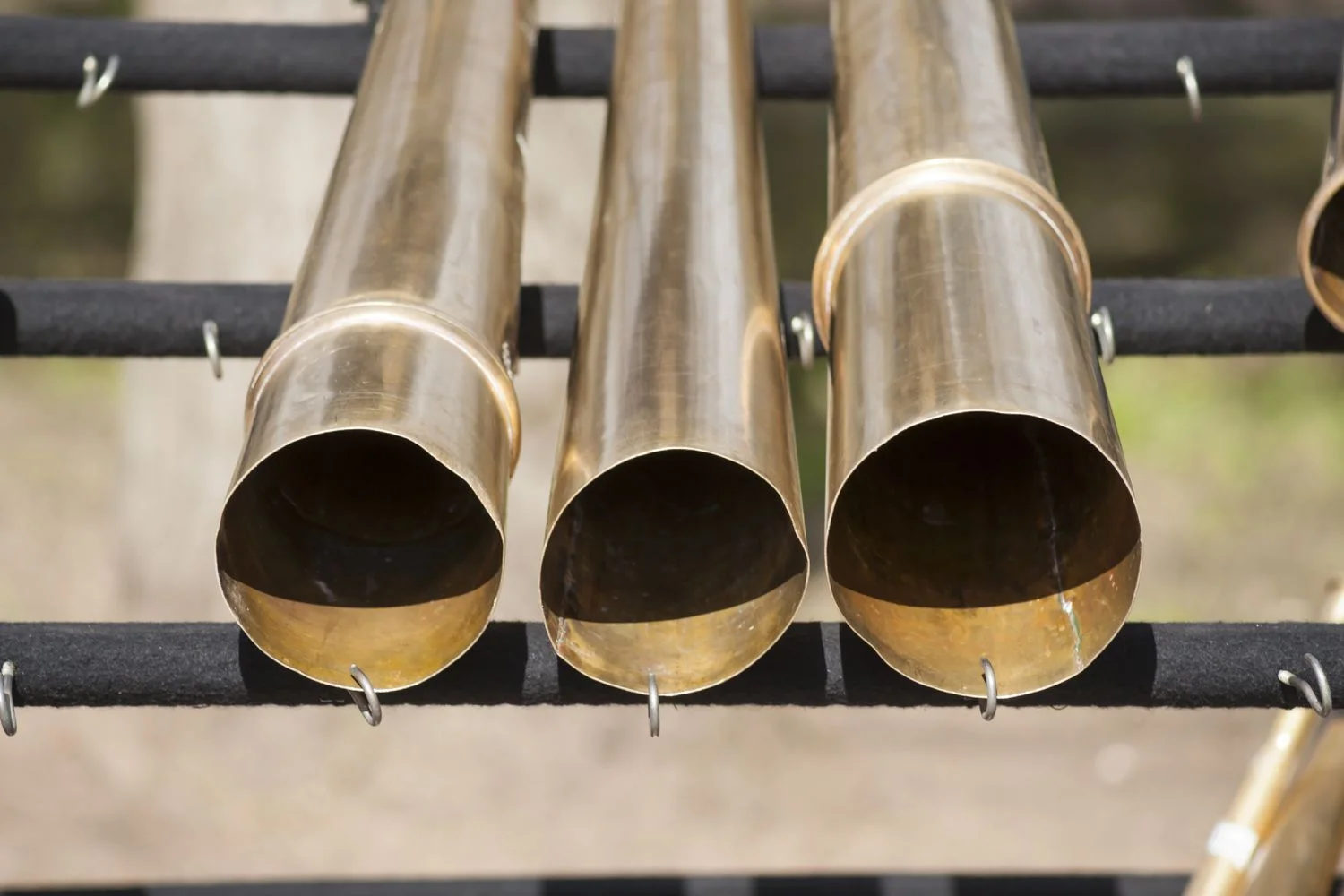
Common Brass Alloys and Their Copper Ratios
Brass alloys come in a variety of compositions, each tailored to specific applications based on their unique copper-to-zinc ratios. Some of the most common brass alloys and their respective copper percentages include:
- Alpha Brass (70% to 90% Copper): This category encompasses brass alloys with higher copper content, making them more malleable and corrosion-resistant. The most well-known brass alloy in this category is C26000, often referred to as “Cartridge Brass” or “70/30 brass” due to its copper-zinc ratio. It contains approximately 70% copper and 30% zinc. Cartridge brass is frequently used for ammunition casings due to its excellent combination of strength and ductility.
- Beta Brass (45% to 60% Copper): These brass alloys have a lower copper content, typically around 45% to 60% copper. A notable example is C38500, also known as “Architectural Bronze,” containing approximately 57% copper and 40% zinc. Architectural Bronze is valued for its attractive golden color and resistance to corrosion, making it popular for architectural and decorative applications.
- Yellow Brass (60% to 70% Copper): Yellow brass, often referred to as “common brass,” contains around 60% to 70% copper, with the remainder being primarily zinc. One common variation is C36000, known as “Free-Cutting Brass” or “60/40 brass,” with approximately 61% copper and 39% zinc. This alloy is prized for its machinability and is frequently used for nuts, bolts, and plumbing fittings.
- Red Brass (85% to 90% Copper): Red brass, also known as “85/15 brass,” contains a higher copper content, typically around 85% to 90%. C23000, for instance, contains approximately 85% copper and 15% zinc. Red brass is highly corrosion-resistant and is often used in applications where exposure to harsh environments and water is a concern, such as in water meters and plumbing components.
These are just a few examples of common brass alloys, and many other variations exist, each with its own specific copper-to-zinc ratio and corresponding properties. Manufacturers choose the appropriate alloy based on the desired characteristics, such as strength, corrosion resistance, machinability, and color, to meet the requirements of various industries and applications.
Effect of Copper Content on Brass Properties
The copper content in brass alloys has a profound effect on their properties, making it a critical factor in determining the suitability of brass for various applications.
Mechanical Properties: The most significant impact of copper content on brass properties is on its mechanical characteristics. Brass alloys with higher copper percentages, such as alpha brasses (70% to 90% copper), are more malleable and ductile. They exhibit excellent cold working and forming capabilities, which make them ideal for applications where shaping and intricate designs are necessary, like musical instruments and decorative art. In contrast, beta brasses with lower copper percentages (around 45% to 60%) are harder and less ductile, offering increased strength and wear resistance. This makes them suitable for heavy-duty applications such as automotive components and industrial machinery parts.
Corrosion Resistance: Copper is inherently corrosion-resistant, and as the copper content in brass increases, so does the alloy’s resistance to corrosion. Brass alloys with higher copper percentages have superior resistance to environmental factors, making them appropriate for outdoor and marine applications. For instance, red brass (85% to 90% copper) is highly corrosion-resistant and is often used in plumbing fixtures that come into contact with water.
Color and Appearance: Copper content also significantly affects the color and appearance of brass. Brass alloys with more copper have a reddish or golden hue, which is aesthetically pleasing and valued for decorative purposes. As the copper content decreases, brass alloys become paler in color. This color variation is essential in applications where appearance matters, such as jewelry and architectural elements.
The copper content in brass plays a pivotal role in determining its mechanical properties, corrosion resistance, and color. By adjusting the copper-to-zinc ratio, manufacturers can tailor brass alloys to meet the specific requirements of diverse industries and applications, from art and design to engineering and manufacturing.
Color and Visual Appearance in Relation to Copper
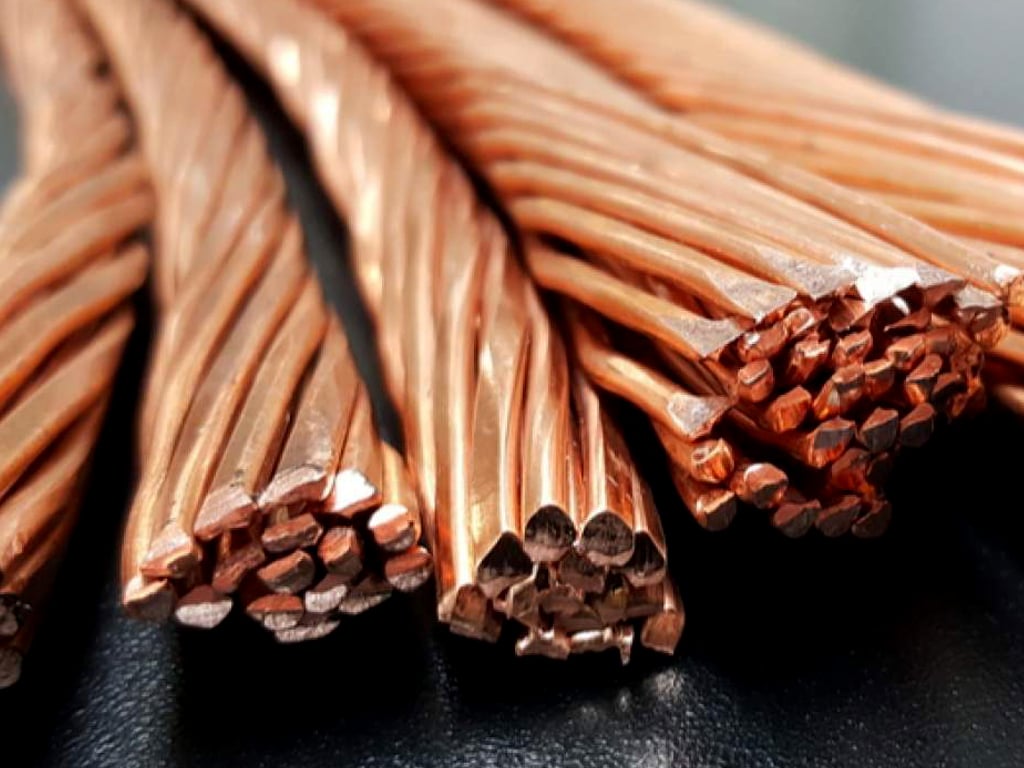
Color and Visual Appearance in Relation to Copper
The visual appearance and color of brass are intimately tied to its copper content, making it a distinctive and versatile material for various aesthetic applications. As the copper content increases in brass alloys, it imparts a reddish or golden hue to the material. This reddish tone is a hallmark of high-copper brasses and is highly prized for its warm and appealing visual qualities.
For instance, alpha brasses, which contain higher percentages of copper (typically 70% to 90%), are known for their attractive reddish-gold color. This coloration makes them particularly well-suited for decorative and artistic purposes. Artists, sculptors, and jewelers often choose high-copper brasses to create visually striking pieces. Additionally, the warm, inviting color of these brasses enhances their use in architectural applications, where aesthetics and durability are essential, such as in decorative metalwork and ornamental fixtures.
Conversely, as the copper content decreases and the zinc content increases in brass alloys, the material takes on a paler, more yellowish appearance. Beta brasses, with lower copper percentages (around 45% to 60%), exhibit this lighter coloration. While they may lack the reddish warmth of high-copper brasses, they still offer valuable aesthetic choices for applications where a brighter, more subdued appearance is desired.
The copper content in brass not only influences its mechanical properties but also plays a vital role in determining its color and visual appeal. This wide spectrum of colors, ranging from reddish-gold to pale yellow, makes brass a versatile choice for artists, designers, architects, and manufacturers seeking to balance aesthetics with functionality in their creations and products.
Applications Based on Copper Percentage in Brass
The copper percentage in brass significantly influences the suitability of the alloy for various applications. Here’s how different ranges of copper content in brass alloys correspond to specific uses:
- High Copper Content (70% to 90%): Brass alloys with a high copper percentage, such as alpha brasses, are known for their malleability, corrosion resistance, and warm reddish or golden color. These properties make them ideal for applications where aesthetics and ease of fabrication are essential. For example, brass with over 80% copper is commonly used in musical instruments like trumpets and saxophones, as it allows for precise shaping and produces pleasing tones. High-copper brasses are also favored for decorative items, jewelry, and ornamental architectural elements where the visual appeal is a primary consideration.
- Moderate Copper Content (60% to 70%): Brass alloys in this range, sometimes referred to as yellow brass, offer a balance of strength, corrosion resistance, and moderate malleability. They are commonly employed in applications such as plumbing fittings, valves, and screws. The machinability of these alloys, along with their resistance to corrosion, makes them suitable for plumbing systems and various fasteners.
- Lower Copper Content (45% to 60%): Brass alloys with lower copper percentages, known as beta brasses, are valued for their increased strength and hardness. These alloys are often used in applications that require robustness and wear resistance. For instance, they are employed in automotive parts like radiator cores and gears, as well as in industrial machinery components that need to withstand heavy loads and friction.
- Very High Copper Content (85% to 90%): Red brass, with its exceptionally high copper content, is highly corrosion-resistant and often used in applications where contact with water and harsh environments is a concern. It’s commonly found in water meters, plumbing fixtures, and maritime fittings.
The copper content in brass alloys is a key factor in determining their suitability for different applications. By selecting brass with the appropriate copper-to-zinc ratio, manufacturers can ensure that the material meets the specific requirements of various industries, ranging from art and design to plumbing, construction, automotive, and more.
The Importance of Alloy Ratios in Brass Manufacturing
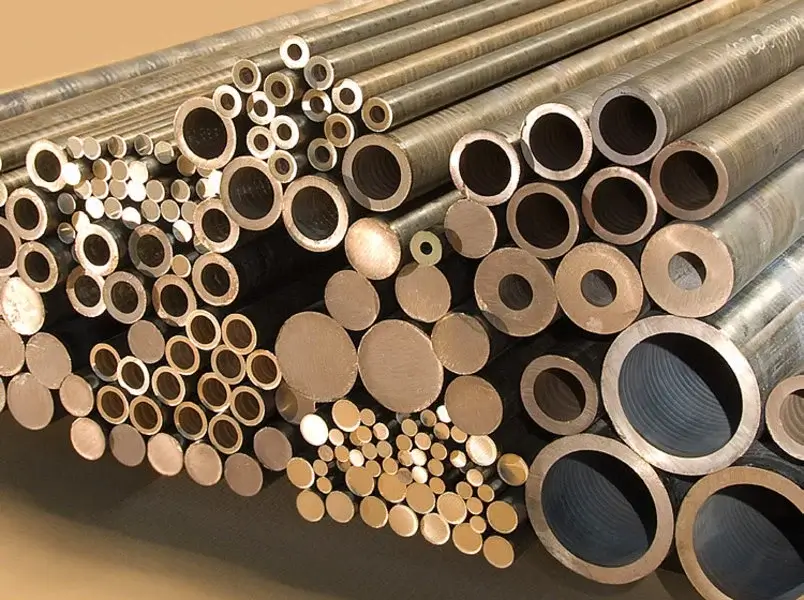
The Importance of Alloy Ratios in Brass Manufacturing
The precise control of alloy ratios in brass manufacturing is of paramount importance, as it directly influences the properties and performance of the resulting brass alloy. Alloy ratios determine the balance between copper and zinc, and sometimes other trace elements, making it a critical factor in shaping the material’s characteristics.
The mechanical properties of brass, such as tensile strength, hardness, and ductility, are directly linked to the alloy ratios. The copper content, in particular, affects the malleability and ductility of the brass. A higher copper content results in a more malleable and ductile alloy, while a lower copper content leads to increased hardness and strength.
The corrosion resistance of brass is influenced by the alloy ratios, especially the copper percentage. Brass alloys with higher copper content offer superior resistance to corrosion, making them suitable for applications exposed to moisture, chemicals, or outdoor environments. Architectural elements, plumbing fixtures, and marine fittings are examples of applications where corrosion-resistant brass is crucial.
The aesthetics of brass are essential in applications like jewelry, sculptures, and architectural details, where visual appeal is paramount. Additionally, some applications require precision machining, and selecting the right alloy ratios can make the manufacturing process more efficient and cost-effective. By adjusting the proportions of copper, zinc, and other alloying elements, manufacturers can fine-tune the properties of brass to achieve the desired balance of strength, corrosion resistance, aesthetics, and other characteristics essential for specific end uses.
Selecting the Right Brass Composition for Your Needs
Selecting the right brass composition is a crucial decision when considering materials for various applications, as it directly impacts the performance, durability, and appearance of the final product. Here are some key considerations for choosing the appropriate brass composition for your specific needs:
Mechanical Requirements: Determine the mechanical properties required for your application. If you need a material with high ductility and ease of fabrication, consider brass alloys with higher copper content, often labeled as alpha brass. Conversely, if strength and wear resistance are paramount, opt for brass alloys with lower copper content, such as beta brasses. For instance, if you’re manufacturing precision components like electrical connectors, you might favor a more malleable brass, whereas automotive parts may demand the toughness of a harder alloy.
Corrosion and Environmental Factors: Assess the environmental conditions your brass components will face. For applications exposed to moisture, chemicals, or outdoor elements, select brass alloys with higher copper content, as they offer superior corrosion resistance. Red brass, in particular, excels in resisting corrosion, making it suitable for plumbing fixtures and marine fittings.
Aesthetic Considerations: If the visual appearance is essential for your project, pay attention to the color of the brass. Brass with a higher copper content exhibits a reddish or golden hue, making it ideal for decorative and artistic applications like sculptures, jewelry, and architectural details. In contrast, brass with lower copper content has a paler, more yellowish appearance, which may be preferred in specific design contexts.
Machinability and Fabrication: Consider the ease of machining and fabrication. Some applications may require precision machining or extensive forming processes. In such cases, look for brass compositions designed for enhanced machinability, like free-cutting brass alloys. These alloys can simplify manufacturing processes and reduce production costs.
In summary, selecting the right brass composition involves a thoughtful evaluation of the mechanical, environmental, aesthetic, and fabrication requirements of your specific application. By carefully considering these factors and understanding how different alloy ratios influence brass properties, you can choose the ideal brass composition to meet your needs effectively and efficiently.
REFERENCES:
Craddock, P. T. (1978). The composition of the copper alloys used by the Greek, Etruscan and Roman civilizations: 3. The origins and early use of brass. Journal of Archaeological Science, 5(1), 1-16.
Aquino, I. P., Hernandez, R. P. B., Chicoma, D. L., Pinto, H. P. F., & Aoki, I. V. (2012). Influence of light, temperature and metallic ions on biodiesel degradation and corrosiveness to copper and brass. Fuel, 102, 795-807.
Mattsson, E. (1980). Corrosion of copper and brass: practical experience in relation to basic data. British Corrosion Journal, 15(1), 6-13.

